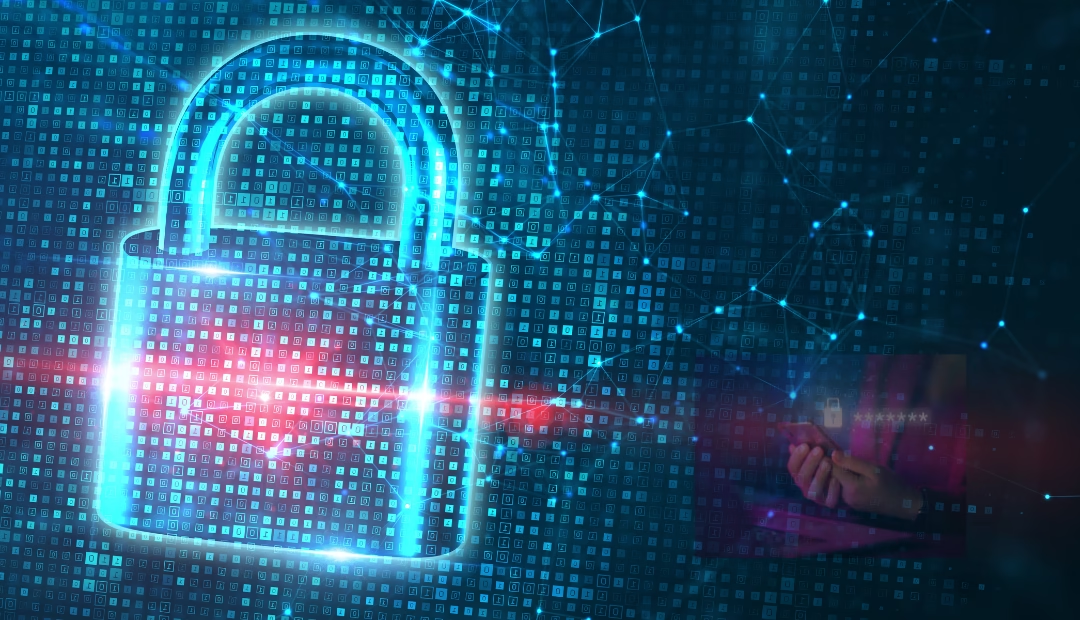The Rise of Fileless Attacks: Why Traditional Security Can’t Stop Them
Cyberattacks are evolving quickly, and one of the biggest shifts in 2025 is the rise of fileless attacks. These threats don’t behave like normal malware. They leave almost no trace, don’t rely on downloaded files, and often go undetected even by modern EDR tools.As organizations continue to digitize and automate, attackers are exploiting built-in system tools to sneak past security controls. This silent trend is becoming one of the most effective attack methods used today.

What Are Fileless Attacks?
Fileless attacks are cyberattacks that run entirely in memory and rely on trusted, pre-installed tools instead of dropping malicious files on the system.
They commonly abuse:
- PowerShell
- WMI
- CMD
- Microsoft Office macros
- LOLBins (living-off-the-land binaries)
In simple terms : Attackers use your own system tools to carry out malicious actions.
Because no file is stored on disk, traditional antivirus and signature-based tools often fail to detect them.
How Fileless Attacks Actually Work
A typical fileless attack follows this flow
Step 1 — Entry Point
The attacker send :
A phishing link
A malicious website
A compromised attachment
When clicked, it triggers a hidden script.
Step 2 — In-Memory Execution
Malicious PowerShell or WMI commands run directly in RAM, leaving no files.
Step 3 — Credential Harvesting
Attackers extract :
System tokens
Saved passwords
Session cookies
Browser credentials
Step 4 — Lateral Movement
They move inside the network using only trusted tools like :
PsExec
PowerShell remoting
Remote WMI calls
Step 5 — Payload Execution
Attackers load:
Ransomware
Spyware
Remote access shells…all inside memory without ever touching the disk.
When you restart the system → the evidence disappears.
Why Fileless Attacks Are Growing Rapidly
Several factors are driving this surge:
EDR Tools Have Blind Spots
EDR focuses heavily on monitoring files — fileless attacks skip that phase entirely.
Built-In Tools Are Trusted
PowerShell and WMI are required for daily operations, making them perfect weapons for attackers.
Cloud Adoption and Remote Access
As businesses expand digitally, more admin tools are exposed.
Ransomware Gangs Are Switching to Fileless Methods
Modern ransomware often starts in memory before encrypting data.
Harder For Forensics to Trace
Memory-level artifacts vanish quickly. This combination makes fileless malware one of the most dangerous attack trends today.
Real-World Example of Fileless Attacks
A well-known example is the 2017 PowerShell-based attack campaign, where attackers used:
PowerShell
WMI
Registry persistence
to extract credentials and deploy ransomware — without dropping a single file. Even Fortune 500 companies missed it because the activity looked like “normal admin work.” This pattern continues today across finance, technology, retail, consulting, and government networks.
Impact on Businesses and Individuals
Fileless attacks cause damage such as:
For Businesses
Credential theft leading to full network compromise
Ransomware deployment
Data exfiltration without alerts
Extremely difficult forensics
High recovery cost due to invisible entry point
For Individuals
Stolen accounts
Session hijacking
Banking fraud
Device takeover
Identity theft
The stealth nature of fileless attacks makes them one of the hardest threats to respond to.
How to Protect Against Fileless Attacks
Here are practical, effective defenses :
Behavioral monitoring
Look for suspicious patterns, not files.
Harden PowerShell
Disable v2
Enable Constrained Language Mode
Turn on Script Block Logging
Enable memory-level protection
Use solutions with :
In-memory scanning
Script engine monitoring
Process injection detection
Strengthen identity security
MFA
Session monitoring
Conditional access policies
Network segmentation
Limits lateral movement.
Least privilege access
Reduce the power attackers can abuse.
Tools & Resources
Recommended tools for detecting or preventing fileless attacks :
CrowdStrike Falcon (EDR/XDR)
https://www.crowdstrike.com/ Industry-leading endpoint protection with strong defense against memory-based and fileless attacks.
Microsoft Defender for Endpoint
https://www.microsoft.com/en-us/ security/business/endpoint-security/microsoft-defender-endpointIntegrated with Windows internals and AMSI, effective for detecting PowerShell and script-based threats.
Sysmon by Microsoft Sysinternals
https://learn.microsoft.com/en-us/ sysinternals/downloads/sysmonEnhances Windows logging and helps detect suspicious process, script, and memory activity.
MITRE ATT&CK Framework
https://attack.mitre.org/ Official reference showing attacker techniques related to fileless/memory-based attacks.
CISA Cybersecurity Advisories
https://www.cisa.gov/news-events/ cybersecurity-advisoriesGovernment-issued alerts on emerging threats, including fileless malware activity.
Conclusion
Fileless attacks are becoming one of the most challenging threats to detect because they operate directly in memory and abuse trusted system tools. With traditional antivirus and even some EDR solutions struggling to catch them, the focus now must shift toward behavioral monitoring, script analysis, and stronger identity controls.
As these stealthy techniques continue to rise, organizations need modern defensive strategies and the right tools to stay ahead. If you want to evaluate your exposure or strengthen your security posture, eSHIELD IT Services offers expert guidance, assessments, and advanced protection solutions tailored for modern threats.


